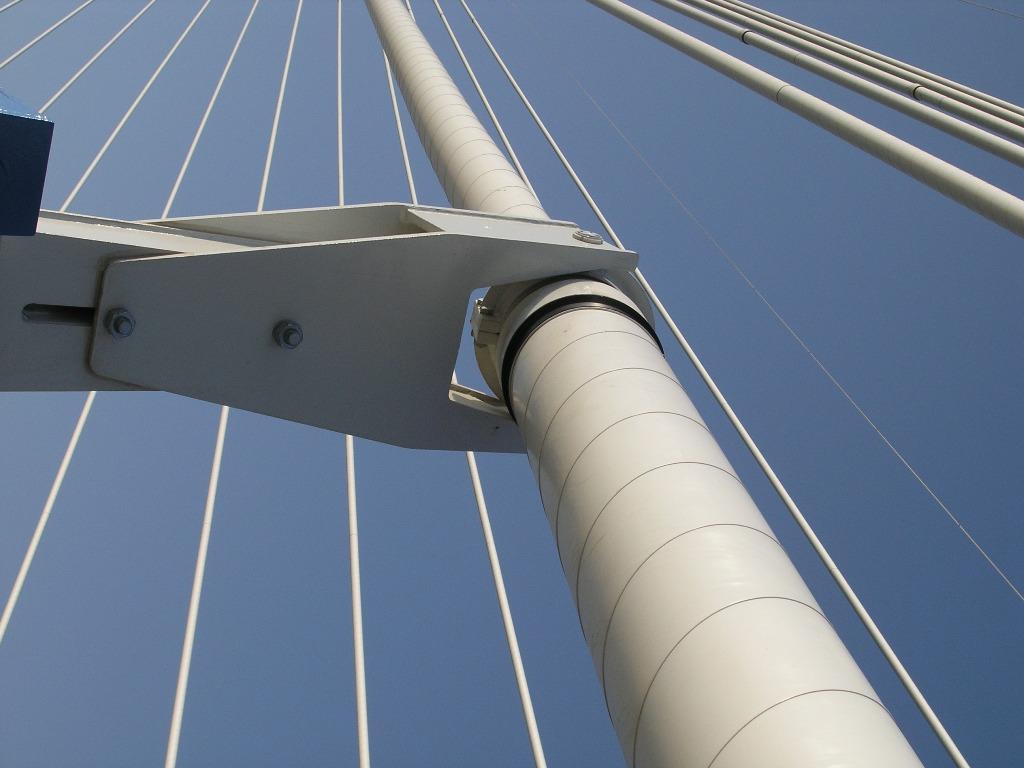Structural Health Monitoring Market Analysis Points to Investment Surge in Bridge Safety Technologies

The Structural Health Monitoring Market is experiencing accelerated growth due to significant investments in bridge safety technologies. Bridges—critical components of national transportation networks—are increasingly vulnerable to aging, overuse, and environmental stress. To address these issues, governments, transportation authorities, and private engineering firms are deploying advanced SHM systems to detect structural weaknesses early and enable data-informed maintenance strategies. The market analysis reveals that bridge monitoring is emerging as a top priority within SHM applications due to its direct impact on public safety and economic continuity.
The Urgent Need for Bridge Monitoring
Across developed and developing regions, thousands of bridges have exceeded their original design life. Many show signs of corrosion, fatigue, or foundational instability, particularly in flood-prone and high-traffic zones. Tragic bridge collapses in recent years have heightened public scrutiny and underscored the need for preventive infrastructure monitoring.
As a result, SHM technologies have transitioned from optional enhancements to mandatory components in both new bridge construction and refurbishment projects. These systems offer real-time performance data, helping engineers identify early degradation and prevent catastrophic failures.
Funding Initiatives Fueling Market Growth
Market analysis indicates that rising government infrastructure budgets are directly benefiting SHM solution providers. In the U.S., for example, the Infrastructure Investment and Jobs Act allocates billions to bridge rehabilitation, a portion of which is designated for the deployment of digital monitoring technologies. Similar funding programs exist in the EU, India, Japan, and the Middle East, where large-scale smart infrastructure projects are underway.
Public-private partnerships are also gaining traction, especially in countries with a high density of aging bridges. These partnerships often support integrated SHM platforms that provide 24/7 health feedback and advanced diagnostic capabilities across entire transportation networks.
Key Technologies in Bridge Safety Monitoring
Multiple SHM technologies are being employed to enhance bridge safety:
-
Accelerometers and strain gauges monitor dynamic responses to vehicle loads and wind.
-
Displacement sensors detect shifts in structural alignment and joint separation.
-
Fiber-optic sensors measure stress, temperature, and corrosion levels.
-
Acoustic emission sensors capture internal cracking and material failures.
-
Vision-based systems use drones and AI to scan for surface anomalies and structural movement.
These technologies are often integrated into cloud-based platforms that aggregate and analyze data, enabling real-time alerts and predictive maintenance recommendations.
Case Studies Demonstrating Impact
Several global case studies highlight the transformative impact of SHM technologies on bridge safety:
-
Millau Viaduct (France): Incorporates multiple SHM systems to monitor cable tension, wind loading, and deck movement, ensuring the longevity of the world’s tallest bridge.
-
Tsing Ma Bridge (Hong Kong): Utilizes over 350 sensors to detect structural stress and ensure safe operation in typhoon conditions.
-
New York’s Tappan Zee Bridge: Equipped with embedded SHM systems that monitor performance, reduce inspection costs, and improve response times during weather or seismic events.
These examples demonstrate how investment in SHM not only enhances safety but also extends the service life of critical infrastructure while optimizing maintenance budgets.
The Role of AI and Predictive Modeling
Advanced SHM systems for bridges are increasingly integrating artificial intelligence to enhance data analysis. Machine learning algorithms can now identify patterns of stress and fatigue, classify risk levels, and predict when and where structural failure is likely to occur. This capability enables prioritization of repair efforts and supports long-term infrastructure planning.
Predictive models also help bridge operators simulate the impact of traffic loads, weather conditions, and environmental changes on structural integrity. This proactive approach to infrastructure management is becoming a key value driver for SHM investment.
Challenges in Large-Scale Deployment
Despite the growing momentum, market analysis also reveals challenges in deploying SHM systems on a large scale. These include:
-
High initial costs for sensor installation and data platforms.
-
Connectivity limitations in remote or rural locations.
-
Data management complexity, especially when aggregating input from hundreds of sensors.
-
Shortage of trained personnel for system interpretation and maintenance.
However, technological advancements are steadily lowering costs, and industry-standard platforms are simplifying system management. As digital literacy in engineering teams increases, these barriers are expected to diminish over time.
Future Outlook: Resilient and Connected Bridge Networks
As climate change intensifies and transportation demands grow, bridges must be designed and maintained with a higher degree of resilience. SHM technologies will be instrumental in achieving this, especially when combined with broader smart city and intelligent transportation systems.
With ongoing innovation in edge computing, sensor miniaturization, and 5G-enabled networks, the future of bridge monitoring lies in autonomous, self-diagnosing systems capable of communicating structural conditions instantaneously.
Conclusion
The Structural Health Monitoring Market is being significantly shaped by rising investments in bridge safety technologies. These investments are not only a response to public safety concerns but also a strategic move toward smarter, more sustainable infrastructure management. As bridges become more intelligent and connected, SHM solutions will continue to anchor their long-term viability.
- Art
- Causes
- Crafts
- Dance
- Drinks
- Film
- Fitness
- Food
- Games
- Gardening
- Health
- Home
- Literature
- Music
- Networking
- Other
- Party
- Religion
- Shopping
- Sports
- Theater
- Wellness


